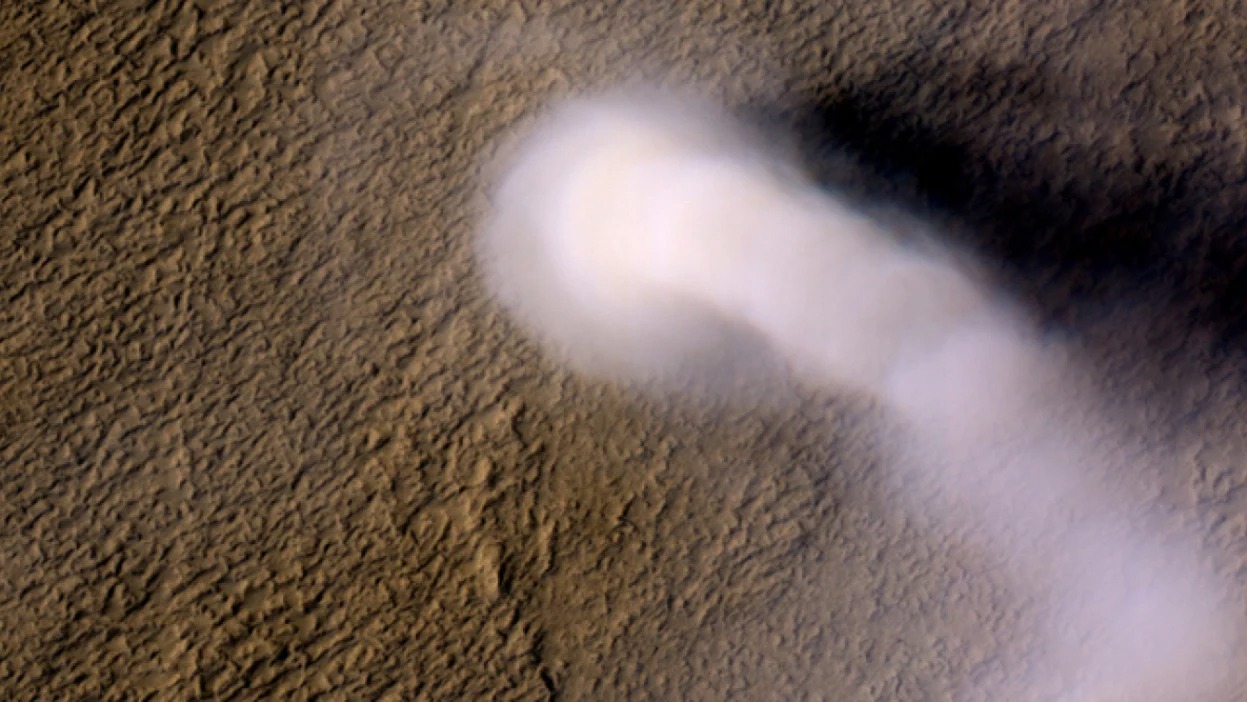NASA has sent the Perseverance rover to the Martian Jezero crater to try to find signs of life on the planet in the past. Being in the delta of an ancient dried-up river, the rover witnessed hundreds of energetic vortices called “dust devils”. It turns out that the Jezero crater, in addition to a potential full-flowing place in the past, is now an extremely dynamic dusty region.

“The Jezero crater may be one of the most active sources of dust vortices on the planet,” said NASA scientist Manuel de la Torre Juarez, who is working on the Perseverance mission.
The Space Agency recently published footage of these powerful dust vortices actively moving in the crater. At the same time, the “dust devils” are simultaneously circling both near the rover and on the red hills in the background.
At least four such vortices pass by the rover every day. They are formed when the ground becomes warmer than the air, heating the air above it. Updrafts rise up, and cooler air sinks down, creating vertical air circulation.
However, vortices on Mars can be much larger than terrestrial ones. Sometimes the Perseverance rover notices strong gusts of wind that raise giant clouds of dust into the Martian sky. The largest of them once formed a massive cloud covering an area of 4 km2. During some seasons, planetary dust storms occur, covering the whole of Mars. Understanding how active dust occurs in the Jezero crater can help the team predict these inclement weather events.
Recall that dust is a serious problem for solar panel devices. For example, the inSight probe is now covered with a large layer of dust and is “living out” its last days on the Red Planet.
Follow us on Twitter to get the most interesting space news in time
https://twitter.com/ust_magazine

